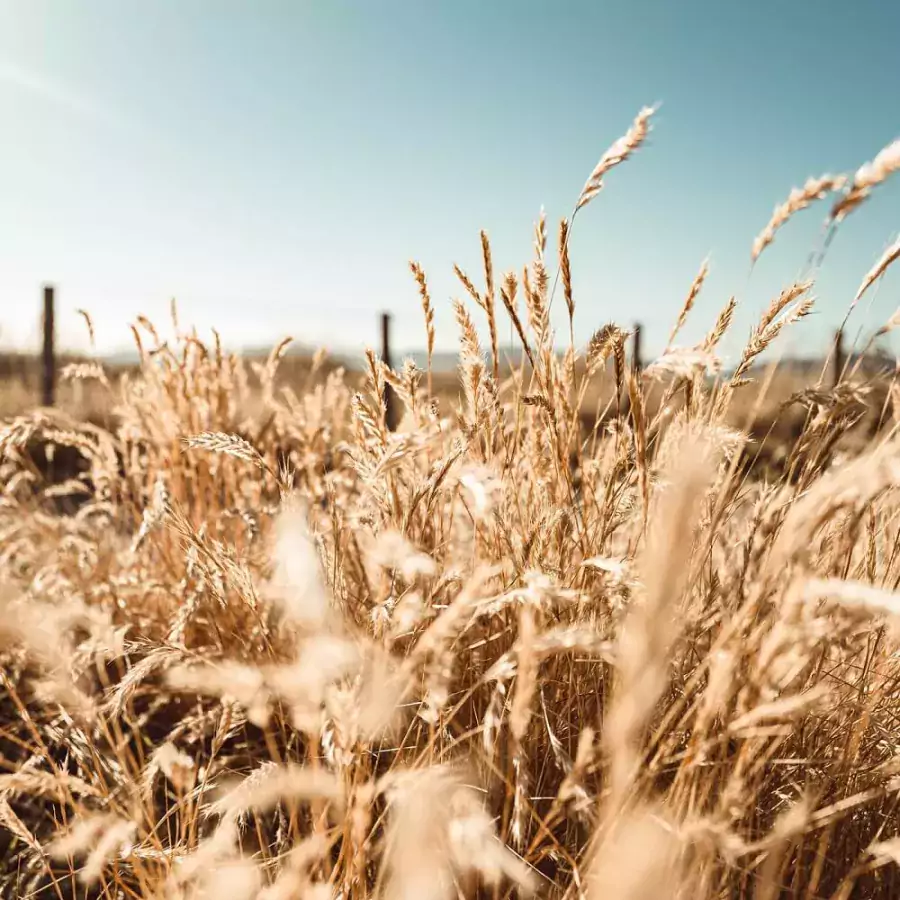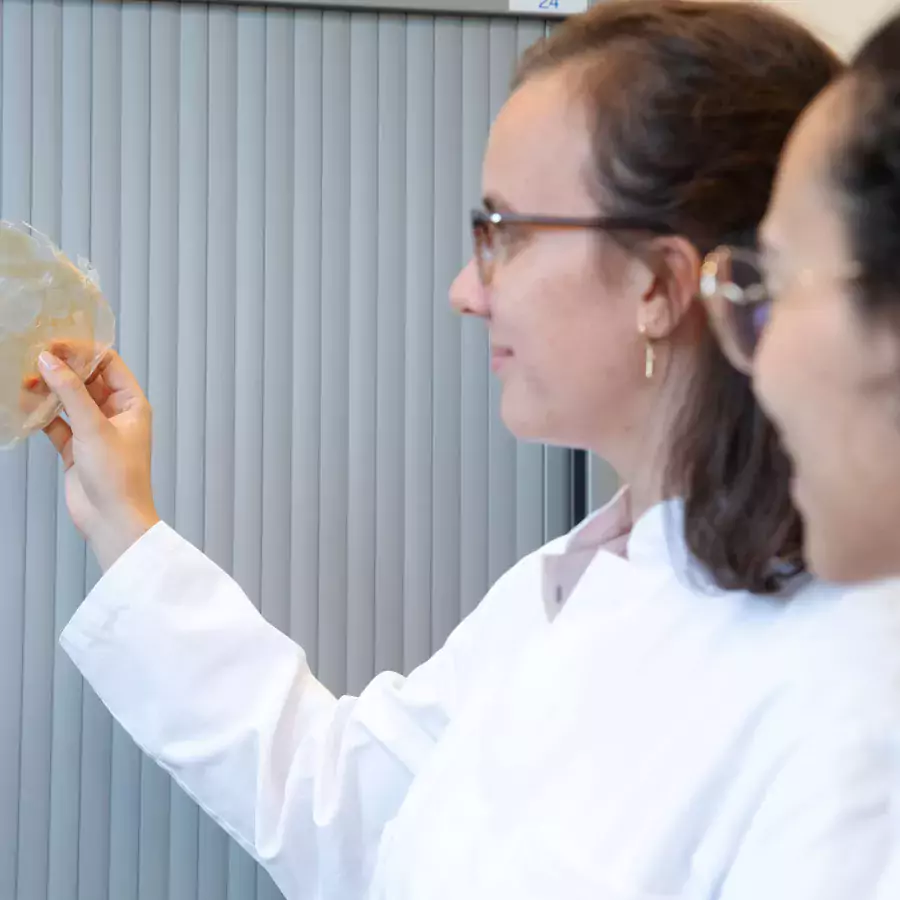The available range of wheat starch products is extensive and extremely diverse. Not all types of wheat starch are the same and there are notable differences between the properties of the various products on the market. What characteristics are important to you when choosing a wheat starch product to feed your animals?
When processing wheat, various food sources are created that are exceptionally suitable for both man an animal. In the pig and cattle farming sectors, wheat is becoming an increasingly popular additive to the animals’ diet. This is done in the form of a single product or by including wheat in mixed feed, such as bread mix and DMW mix. Wheat starch is a major organic by-product of wheat processing. Wheat starch is a popular product in many basic feed rations and it is commonly used by pig farmers. It is produced by separating the gluten and the starch from the wheat. There are various types of wheat starch available on the market, such as Crespovit Extract, and the diversity of products is extensive. Wheat starch has various product characteristics, but how can you tell the difference between the various wheat starch products? Below, we will go over a number of these characteristics and properties.
Dry matter Wheat Starch
Wheat starch generally has a liquid structure. One important characteristic of liquid co-products is the dry matter percentage (%DM). A constant dry matter percentage in a product has a positive impact on the consistency of the final ration. It also provides stability, allowing for a higher replacement rate and - eventually - a lower cost price. At Looop, we determine the dry matter percentage and nutrient content of wheat starch using Near-Infrared Spectroscopy (NIR). This method allows us to determine the values of tested samples very quickly. Are you looking for a stable wheat starch? The dry matter percentage of e.g. Hamino Spezial is consistently relatively high, compared to other wheat starch products.
Carbohydrates
As the name suggests, the primary component of wheat starch is starch. Starch is mainly found in potato and cereal products such as wheat. Starch is a carbohydrate, making it an important source of energy for the animal. Besides starch, wheat starch also includes simple carbohydrates, namely sugars. Sugars are another source of energy for the cattle. However, not all types of sugar are easily digestible. This often depends on their origin and their chemical composition. Less digestible feed costs the animal more energy to digest and may result in intestinal problems. It is advisable to take this into account when choosing your feed.
Proteins
Proteins are essential nutrients for the animal. They are the so-called building blocks of the body. Compared to other wheat starch products, the wheat starch Crespovit Extract has a relatively high protein content. Animals need protein to grow, reproduce and produce milk, among other things. It also provides essential amino acids, including lysine, methionine and threonine. The animals cannot produce these essential amino acids on their own, so these must be provided via their feed ration. Wheat starch is an excellent way to do so. It is also possible to add synthetic amino acids to feed to provide pigs with the essential amino acids they need, although this will raise the cost price of the product. The natural presence of protein is therefore not only good for the animal but also financially more appealing.
Acids
Most co-products contain fermentable nutrients, such as sugars. During the fermentation process, these nutrients are converted into acids. In wheat starch, lactic acid and acetic acid are important end products of these fermentation processes. Lactic acid is a very palatable acid, which means it can positively contribute to the animals’ feed intake. Lactic acid bacteria also have a positive impact on the intestinal flora and can reduce the occurrence of intestinal complications. A healthy intestinal flora also stimulates the feed intake, resulting in improved growth for the animals. Besides lactic acid, wheat starch also contains acetic acid. This combination of acids gives the feed a "fresher” flavour. However, if the ratio of acidic acid to lactic acid is too great, it can produce a sour taste. The percentage of acidic acid increases proportionately in products with a relatively low dry matter percentage. As a result, the animals’ feed intake may be compromised.
Stability & Homogeneity
Consistency and stability are incredibly important aspects of the feed ration. To prevent separation, it is advisable to stir wheat starch frequently. If a product separates quickly in storage, it will do the same in the feed ration. When the wheat starch becomes separated, the ratio of the nutrients in the feed changes and not all animals will receive the same feed as a result. The mixture will also begin to separate during transport (from storage to the animal). The percentage of dry matter in the feed changes, which may result in significant growth differences between the pigs. It is therefore best to choose a wheat starch product that does not separate quickly, such as Crespovit Extract.
Looop offers a variety of wheat starch products, including Crespovit Extract, Allstarch, CD Starke, Tarpro and more. Every product includes a matrix that shows the properties of that specific type of wheat starch. We are happy to tell you more about what product best suits your animals’ needs and your business goals.
Would you like more information about our co-products for pig farming?
Contact me:

Jasmijn van Wakeren
Quality, Nutrition & Sustainability Manager,
jvwakeren@looop.company








